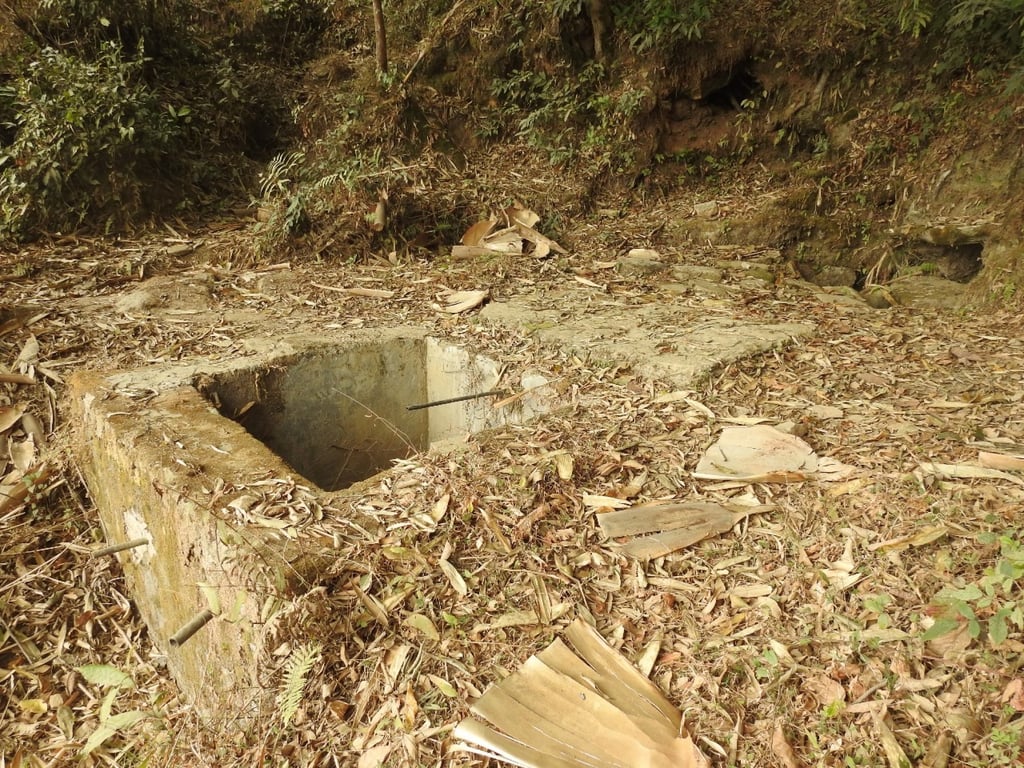As Nepal’s springs dry up due to climate change, construction, local communities lead revival efforts
- Experts say erratic rainfall affects groundwater discharge and causes communities to be displaced over water scarcity and crop insecurity
- Local groups are boosting awareness, creating recharge ponds and planting more trees around springsheds, as municipal governments invest in spring conservation

Nanu Ghatane’s village is named after a pond, a fact that is becoming increasingly ironic as more of the area’s natural water sources dry up.
Of the 40 natural springs in Banjh Pokhari in Kavrepalanchok district, located near Nepal’s capital Kathmandu, only 10 are still used for drinking and irrigation purposes, she says. The rest have been depleted over the decades.
“The most important thing is we still have some springs left, and we are trying to revive the ones that have dried up,” says Gathane, president of a local community environment conservation group.

Such revival efforts are increasingly needed in Nepal, where a number of environmental factors are causing the country’s natural springs to dry up, according to a new study by Mountain Research and Development published in February.
Of the 306 local government units in 56 of the 77 districts surveyed for the study, 74 per cent said the springs in their municipalities had dried up, resulting in water scarcity and even outmigration.
Springs are natural water discharges that emerge when pressure in groundwater pushes the water onto the earth’s surface. They are important as a source of water for drinking and irrigation in Nepal’s hills and mountain regions, as well as for keeping the rivers flowing during dry season.
Researchers say the dying spring phenomenon is most prevalent in Nepal’s Chure region, which covers nearly 13 per cent of the country’s land area, followed by places in the mid-hills and mountains. They found that road and infrastructure construction, earthquakes and climate change were the main culprits for the dried or dead springs.
